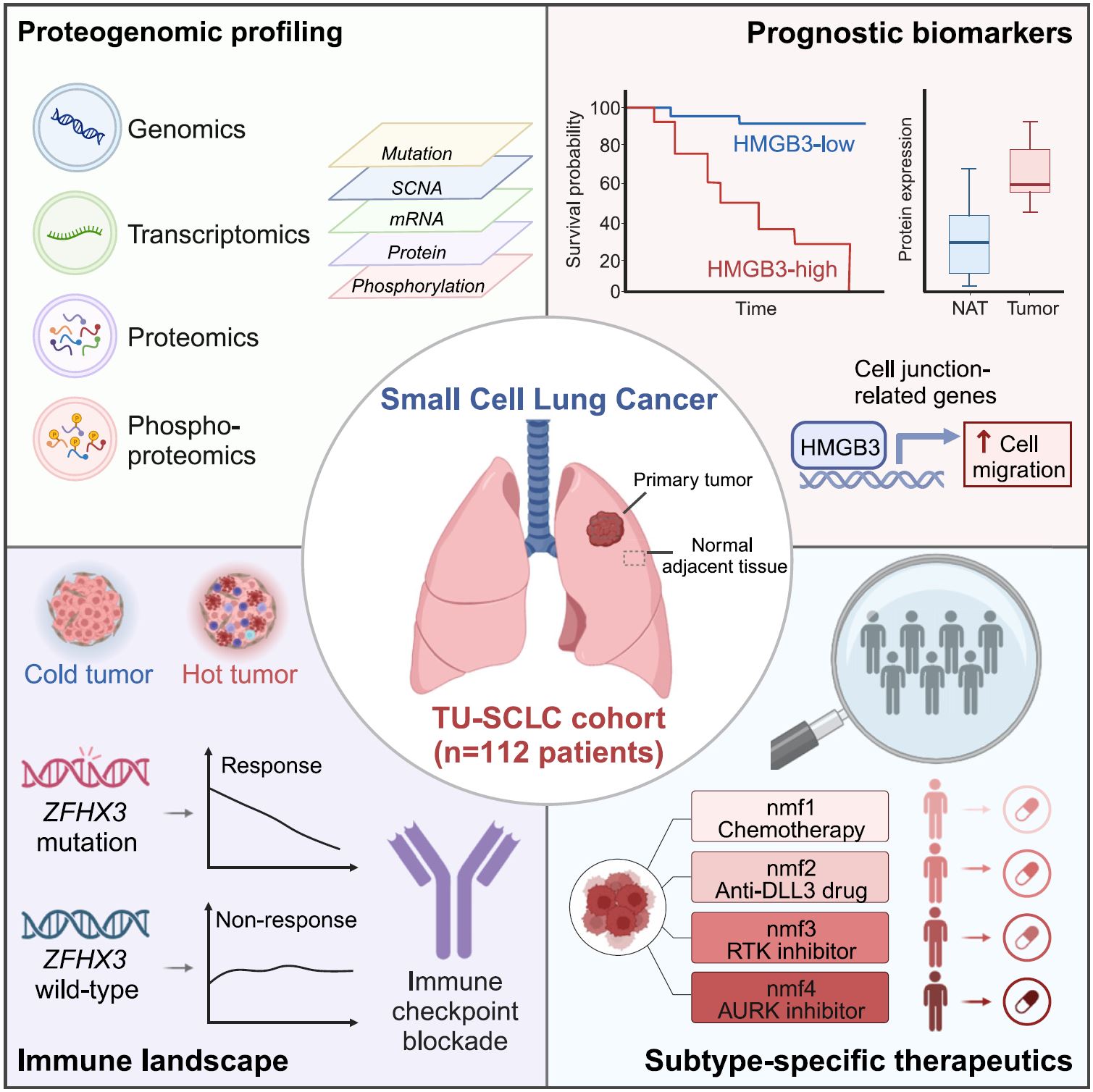Jurisdiction:
China
Organ System:
Lung
Funding Organizations:
- National Natural Science Foundation of China
- National Key Research and Development Program of China
- Innovation Program of Shanghai Municipal Education Commission
- Shanghai Young Excellent Academic Leader Program
- Shanghai Municipal Science and Technology Major Project
- CAS project for young scientists in basic research
- Strategic Priority Research Program of the Chinese Academy of Sciences
- Basic Frontier Scientific Research Program of Chinese Academy of Science
- International Cooperation Project of Chinese Academy of Sciences
Research Organizations:
- Tongji University, China
- Chinese Academy of Sciences, China
- University of Chinese Academy of Sciences, China
- Yale University School of Medicine, USA
- Johns Hopkins University, USA
- Baylor College of Medicine, USA
- Washington University in St. Louis, USA
- National Cancer Institute, USA
Principal Investigators
:- Peng Zhang
- Hu Zhou
- Hongbin Ji
- Daming Gao
Publication:
External Links:
Integrated multi-omics analysis illustrated cancer biology down stream of genetic aberrations and highlighted oncogenic roles ofFAT1mutation,RB1 deletion, and chromosome 5q loss. Two prognostic biomarkers,HMGB3 and CASP10, were identified. Overexpression of HMGB3 promoted SCLC cell migration via transcriptional regulation of cell junction-related genes. Immune landscape characterization revealed an association between ZFHX3 mutation and high immune infiltration and underscored a potential immunosuppressive role of elevated DNA damage response activity via inhibition of the cGAS-STING pathway. Multi-omics clustering identified four subtypes with subtype-specific therapeutic vulnerabilities. Cell line and patient-derived xenograft-based drug tests validated the specific therapeutic responses predicted by multi-omics subtyping. This study provides a valuable resource as well as insights to better understand SCLC biology and improve clinical practice.

